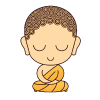Wat Yaichaimongkon
"Famous historic temple with powerful blessing amulets"
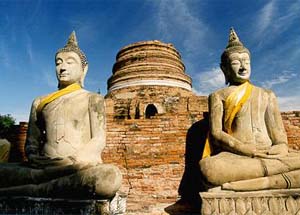
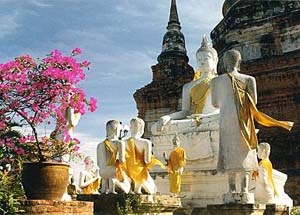
Wat Yai Chaimongkhon Initially, this monastery was constructed by King U-thong in 1900 B.E. to accommodate the monks that once were ordained from Phra Wanratana Mahathera Bureau in Ceylon. This denomination is called "The Pakaew Group". Thereby this monastery was named "Wat Pakaew". Later on many people were faithful in this denomination. Many of them were ordained the monks of this denomination so that Pakaew Group became prosperous rapidly during that time.

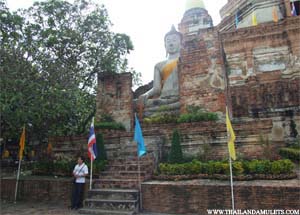
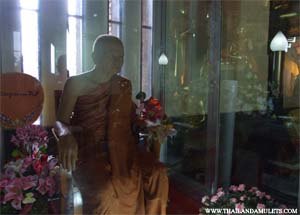
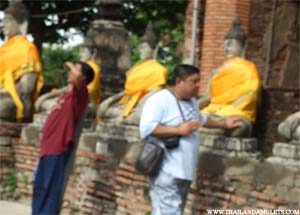
Phra Rachathibodi then appointed the director of this sect as the right-sided patriarch named "Phra Wanratana" while "Phra Putthakosajarn" held the position of the left-sided patriarch. Since the patriarch stayed here, this monastery was named "Wat Chao Phayatai". The ubosot of this monastery was the place where King Tianracha had prayed for the throne before he could beat Khun Worawongsathiraj, another candidate for the throne. In 2135 B.E. in the reign of King Naresuan the Great, Phra Maha Uparacha of Burma marched his army to Ayuthaya in order to take control over the Thai Kingdom. King Naresuan then marched his army to combat the invader. They met at Nong Sarai, Suparn Buri district. King Naresuan had a fight on elephant back with Phra Maha Uparacha. King Naresuan was able to kill his rival but he could not destroy the enemies army because his soldiers were further behind. King Naresuan was full of rage when he came back to Ayuthaya and wanted the commanders to be executed because they were unable to follow him. However, Phra Wanratana of Wat Pakaew asked him for the death penalty and suggested him to build a Chedi to celebrate the victory instead. King Naresuan the Great then decided to construct a large Chedi in this monastery named Phra Chedi Chaimongkhon. This monastery became "Wat Yai Chaimongkhon" later on.
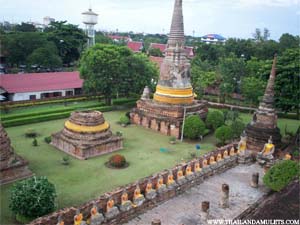

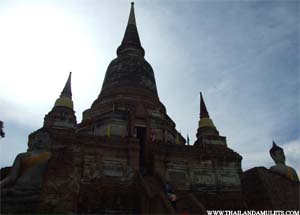
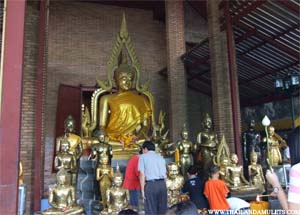
The Great Chedi Chaya Mongkhol
The Great Chedi Chaya Mongkhol was built by the command of King Naresuan the Great, to commemorate his decisive victory over the Burmese invasion in A.D. 1592. The event was climaxed in the momentous elephant combat between the King and the Burmese crown prince Maha Uparaja, in the province of Suparnburi the renown of King Naresuan was such that there was no more outside invasion for the following two hundred years.
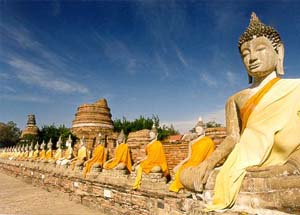
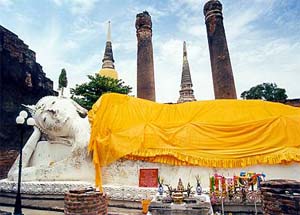
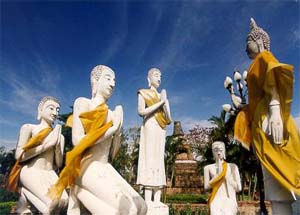
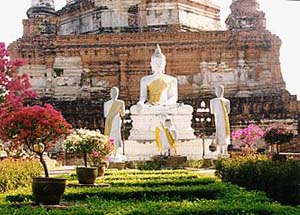
Thus, the Great Chedi serves as a symbol of prowess and sacrifice of the King and his soldiers, who with their national and religious devotion have brought about calm and peaceful assurance to the Thai people.


